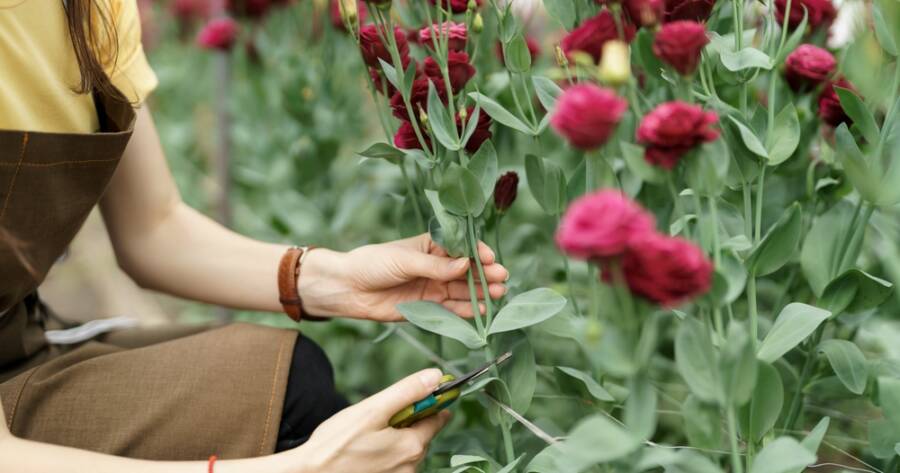Cut flower gardens are the perfect blend of beauty and functionality, where gorgeous outdoor blooms transform into stunning arrangements. Focused on long stems and vase life, gardens emphasize practical cultivation. From easy-to-grow annuals to strategic planting techniques, even novices can maintain vibrant gardens throughout the seasons. Explore essential planning, discover resilient flower choices, and uncover the joy and creative satisfaction that cutting gardens bring to any backyard.
Easy Cutting Flowers to Grow in Your Backyard
Creating a cut flower garden allows you to enjoy fresh blooms throughout the growing season. Unlike traditional landscape gardening, a cut flower garden focuses on cultivating flowers specifically for arrangements. These gardens often prioritize function over form, appearing slightly more utilitarian than aesthetic. An ideal cutting garden will feature plants bred for long stems and prolonged vase life for optimal bouquet usage. To kickstart, consider annuals, which are notably easy to grow, affordable, and provide abundant blooms suitable for cutting.
The Best Flowers for a Beginner’s Garden
Annuals are an essential part of a cutting garden, known for their profuse blossoms and ease of maintenance. Varieties like cornflower, calendula, dahlias, cosmos, and sunflowers are perfect for beginners due to their rapid growth and low maintenance. These plants also offer the flexibility of planting in various settings, from dedicated patches to containers in smaller spaces. Not only do these flowers brighten gardens, but their long stems also make them ideal for cutting and arranging.
Maximizing Your Blooming Season
To extend bloom periods and ensure a steady supply of flowers, employ techniques like succession planting, which involves staggering planting times. This keeps your garden productive and allows for continuous harvesting. For versatile arrangements, incorporate perennials such as delphiniums and hydrangeas, which add texture and dimension to floral compositions. Additionally, late-season bloomers like asters and chrysanthemums ensure your garden provides bouquets well into autumn. Planning a diverse mix of flower shapes and colors not only enhances the aesthetic appeal but also enriches the experience of growing your garden.
Garden Planning and Management
Proper planning is pivotal for a thriving cutting garden. Begin by determining your region’s average last frost date and understanding your local hardiness zone, which is crucial for planting success and optimal growth. Successful flower gardening also relies on soil quality and correct spacing. Utilize amendments like compost to improve soil fertility, and consider raised beds for easier maintenance and pest control. Managing your garden involves consistent watering, fertilizing, and routine tasks like deadheading to encourage extended blooming.
Choosing Easy-to-Grow Flowers
For those new to gardening, selecting straightforward, hardy flowers can enhance success rates. Sunflowers, zinnias, and rudbeckias are some of the most approachable options for beginners because of their resilience and ease of growth. Many of these plants thrive in various climates and require minimal maintenance while still producing vibrant, colorful blooms that are perfect for cutting. Additionally, flowers like cosmos and strawflowers offer prolonged blooming periods, providing fresh material for arrangements throughout the season.
Start Planning Your Garden
A cut flower garden is not just aesthetically pleasing but also a rewarding venture that enhances one’s gardening skills. By selecting the right flowers and optimizing garden management, gardeners can enjoy a vibrant array of blooms and develop a deeper understanding of how different plants flourish together. Furthermore, with strategic planning and careful selection, these gardens can continually provide fresh, beautiful arrangements. Exploring the world of cutting flowers opens up a realm of creativity and satisfaction that enriches both the gardener and their environment.

